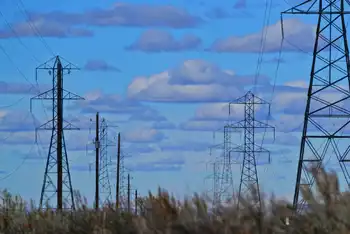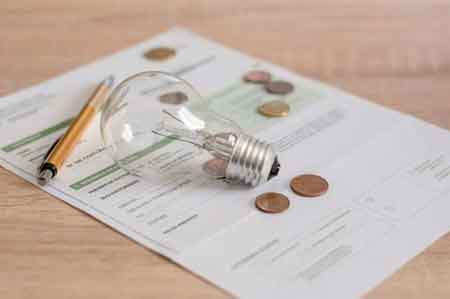Shell says electricity to meet 60 percent of China's energy use by 2060

High Voltage Maintenance Training Online
Our customized live online or in‑person group training can be delivered to your staff at your location.

- Live Online
- 12 hours Instructor-led
- Group Training Available
China 2060 Carbon-Neutral Energy Transition projects tripled electricity, rapid electrification, wind and solar dominance, scalable hydrogen, CCUS, and higher carbon pricing to meet net-zero goals while decarbonizing heavy industry and transport.
Key Points
Shell's outlook for China to reach net zero by 2060 via electrification, renewables, hydrogen, CCUS, and carbon pricing.
✅ Power supply to 60% of energy; generation triples by 2060.
✅ Wind and solar reach 80% of electricity; coal declines sharply.
✅ Hydrogen scales to 17 EJ; CCUS and carbon pricing expand.
China may triple electricity generation to supply 60 percent of the country's total energy under Beijing's carbon-neutral goal by 2060, up from the current 23 per cent, according to Royal Dutch Shell.
Shell is one of the largest global investors in China's energy sector, with business covering gas production, petrochemicals and a retail fuel network. A leading supplier of liquefied natural gas, it has recently expanded into low-carbon business such as hydrogen power and electric vehicle charging.
In a rare assessment of the country's energy sector by an international oil major, Shell said China needed to take quick action this decade to stay on track to reach the carbon-neutrality goal.
China has mapped out plans to reach peak emissions by 2030, and aims to reduce coal power production over the coming years, but has not yet revealed any detailed carbon roadmap for 2060.
This includes investing in a reliable and renewable power system, including compressed air generation, and demonstrating technologies that transform heavy industry using hydrogen, biofuel and carbon capture and utilization.
"With early and systematic action, China can deliver better environmental and social outcomes for its citizens while being a force for good in the global fight against climate change," Mallika Ishwaran, chief economist of Shell International, told a webinar hosted by the company's China business.
Shell expects China's electricity generation to rise three-fold to more than 60 exajoules (EJ) in 2060 from 20 EJ in 2020, even amid power supply challenges reported recently.
Solar and wind power are expected to surpass coal as the largest sources of electricity by 2034 in China, reflecting projections that renewables will eclipse coal globally by mid-decade, versus the current 10 percent, rising to 80 percent by 2060, Shell said.
Hydrogen is expected to scale up to 17 EJ, or equivalent to 580 million tonnes of coal by 2060, up from almost negligible currently, adding over 85 percent of the hydrogen will be produced through electrolysis, supported by PEM hydrogen R&D across the sector, powered by renewable and nuclear electricity, Shell said.
Hydrogen will meet 16 percent of total energy use in 2060 with heavy industry and long-distance transport as top hydrogen users, the firm added.
The firm also expects China's carbon price to rise to 1,300 yuan (CDN$256.36) per tonne in 2060 from 300 yuan in 2030.
Nuclear, on a steady development track, and biomass will have niche but important roles for power generation in the years to come, Shell said.
Electricity generated from biomass, combined with carbon, capture, utilization and storage (CCUS), provide a source of negative emissions for the rest of the energy system from 2053, it added.











